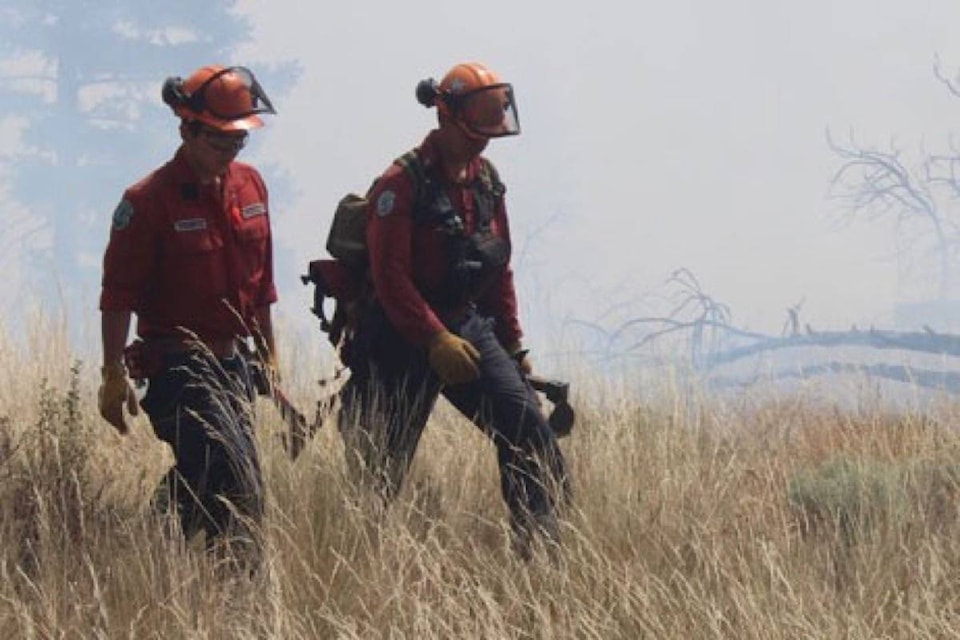First comes flooding, then come wildfires.
With warmer conditions entering forecasts for most B.C. cities, BC Wildfire Service says its still too early to tell what kinds of inferno the province will be facing this summer.
B.C.’s chief fire information officer Kevin Skrepnek said lightning caused the majority of the 36 wildfires in northern parts of the province that sparked during the Victoria Day long weekend.
Since April 1, there have been 182 wildfires, with 77 currently burning Tuesday. Most are less than 50 hectares in size, according to the BC Wildfire Service, aside from a 612-hectare fire burning on Muddy Lake Road near Prince George.
Most concerning: of those 182 fires, 118 were human-caused, Skrepnek said.
While some of BC dealt with flooding, 36 wildfires ignited this past long weekend. @BCGovFireInfo chief fire info officer Kevin Skrepnek said that's average this time of year. Most caused by lightning. BUT of 182 fires since April 1, 118 have been human caused. #bcwildfire pic.twitter.com/uEfCJ4HgYJ
— Ashley Wadhwani (@ashwadhwani) May 22, 2018
“While a lot of these recent fires were the result of lightning, human activity is usually the key driver of fire starts at this time of year,” he said. “That could stem from people conducting open burning on their property, industry activity, railways, abandoned campfires, discarded cigarettes…”
UNDER EVACUATION: Some stay behind to protect their home
Skrepnek said these conditions are average for this time of year, and that none of the incidents so far have posed any significant threats to communities or infrastructure.
Last year, the largest fire to devastate B.C.’s interior – the Elephant Hill wildfire – burned 191,865-hectares in size at its peak. In January, RCMP confirmed that fire, which started in Cache Creek before spreading near 100 Mile House, was human caused.
READ MORE: Police confirm Elephant Hill human caused, setup tip line
Although the largest, Elephant Hill was one of 1,353 fires, leading to the evacuation of more than 65,000 people living in the Cariboo. The total cost to fight the fires, destruction and resources for those displaced totalled $586 million.
Whether B.C. sees another unseasonably-warm spring season leading to another record-breaking wildfire season has been on the minds of many British Columbians.
Skrepnek said much of that depends on the amount of rain that falls between now and Canada Day – also known as the “June rains.”
“Environment Canada models are suggesting a warmer than normal summer, but rain is a key factor for fire activity and is nearly impossible to forecast with any certainty more than a few days ahead of time,” he said.
“In 2017 we had a wet spring, but June was exceptionally dry and really set the stage for how destructive the rest of the summer was.”
Skrepnek said British Columbians living in fire-prone areas should familiarize themselves with the province’s FireSmart program, and get prepared ahead of the summer months.
“While we don’t yet have a crystal clear picture of what 2018 will look like, suffice to say we will have a wildfire season – it’s a fact of life in this province,” he said.
@ashwadhwani
ashley.wadhwani@bpdigital.ca
Like us on Facebook and follow us on Twitter.
